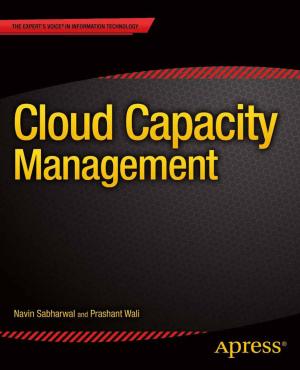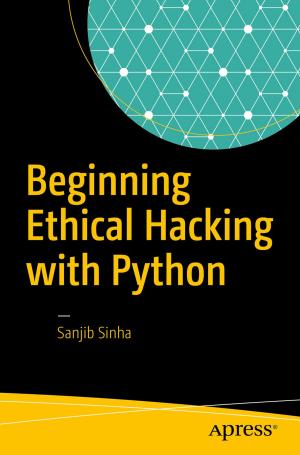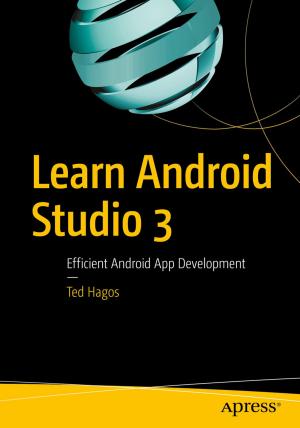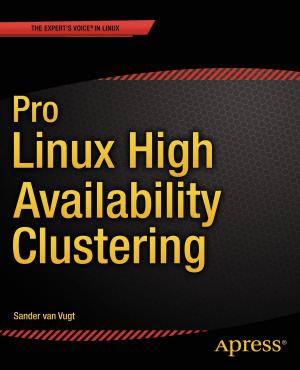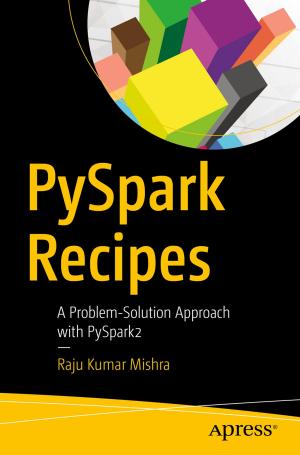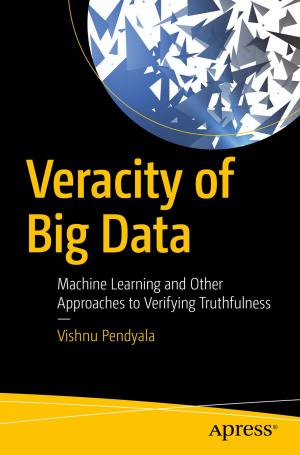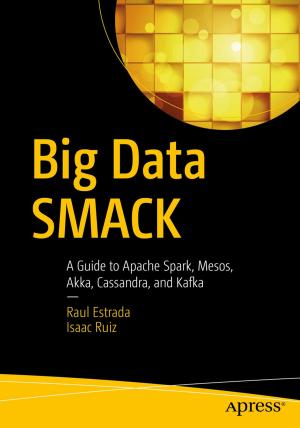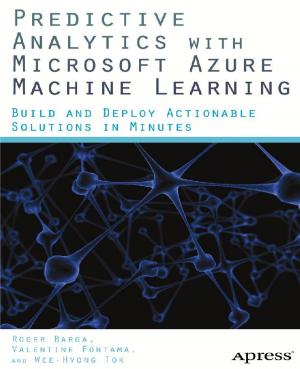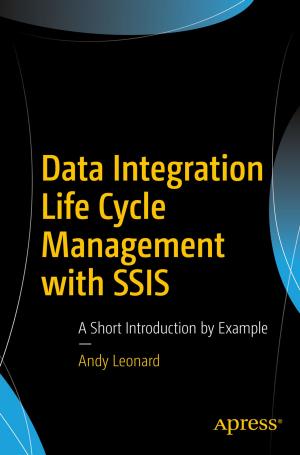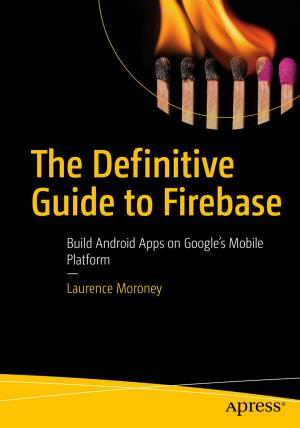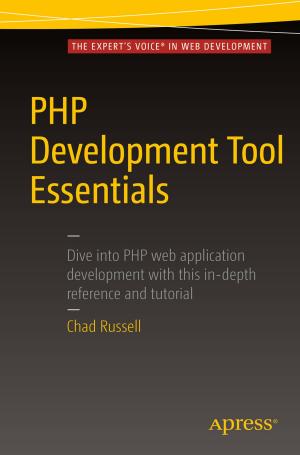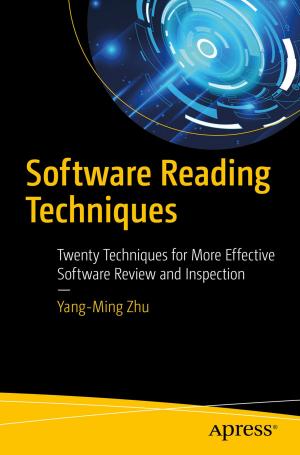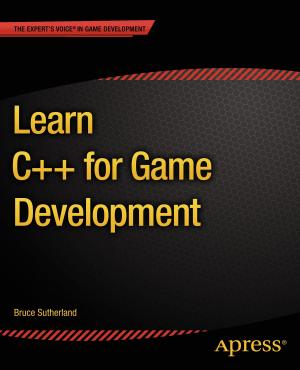Data Science Using Oracle Data Miner and Oracle R Enterprise
Transform Your Business Systems into an Analytical Powerhouse
Nonfiction, Computers, Database Management, Programming, Programming Languages, General Computing| Author: | Sibanjan Das | ISBN: | 9781484226148 |
| Publisher: | Apress | Publication: | December 22, 2016 |
| Imprint: | Apress | Language: | English |
| Author: | Sibanjan Das |
| ISBN: | 9781484226148 |
| Publisher: | Apress |
| Publication: | December 22, 2016 |
| Imprint: | Apress |
| Language: | English |
Automate the predictive analytics process using Oracle Data Miner and Oracle R Enterprise. This book talks about how both these technologies can provide a framework for in-database predictive analytics. You'll see a unified architecture and embedded workflow to automate various analytics steps such as data preprocessing, model creation, and storing final model output to tables.
You'll take a deep dive into various statistical models commonly used in businesses and how they can be automated for predictive analytics using various SQL, PLSQL, ORE, ODM, and native R packages. You'll get to know various options available in the ODM workflow for driving automation. Also, you'll get an understanding of various ways to integrate ODM packages, ORE, and native R packages using PLSQL for automating the processes.
*Data Science Automation Using *Oracle Data Miner and Oracle R Enterprise starts with an introduction to business analytics, covering why automation is necessary and the level of complexity in automation at each analytic stage. Then, it focuses on how predictive analytics can be automated by using Oracle Data Miner and Oracle R Enterprise. Also, it explains when and why ODM and ORE are to be used together for automation.
The subsequent chapters detail various statistical processes used for predictive analytics such as calculating attribute importance, clustering methods, regression analysis, classification techniques, ensemble models, and neural networks. In these chapters you will also get to understand the automation processes for each of these statistical processes using ODM and ORE along with their application in a real-life business use case.
What you'll learn
- Discover the functionality of Oracle Data Miner and Oracle R Enterprise
- Gain methods to perform in-database predictive analytics
- Use Oracle's SQL and PLSQL APIs for building analytical solutions
- Acquire knowledge of common and widely-used business statistical analysis techniques
Who this book is for
IT executives, BI architects, Oracle architects and developers, R users and statisticians.
Automate the predictive analytics process using Oracle Data Miner and Oracle R Enterprise. This book talks about how both these technologies can provide a framework for in-database predictive analytics. You'll see a unified architecture and embedded workflow to automate various analytics steps such as data preprocessing, model creation, and storing final model output to tables.
You'll take a deep dive into various statistical models commonly used in businesses and how they can be automated for predictive analytics using various SQL, PLSQL, ORE, ODM, and native R packages. You'll get to know various options available in the ODM workflow for driving automation. Also, you'll get an understanding of various ways to integrate ODM packages, ORE, and native R packages using PLSQL for automating the processes.
*Data Science Automation Using *Oracle Data Miner and Oracle R Enterprise starts with an introduction to business analytics, covering why automation is necessary and the level of complexity in automation at each analytic stage. Then, it focuses on how predictive analytics can be automated by using Oracle Data Miner and Oracle R Enterprise. Also, it explains when and why ODM and ORE are to be used together for automation.
The subsequent chapters detail various statistical processes used for predictive analytics such as calculating attribute importance, clustering methods, regression analysis, classification techniques, ensemble models, and neural networks. In these chapters you will also get to understand the automation processes for each of these statistical processes using ODM and ORE along with their application in a real-life business use case.
What you'll learn
- Discover the functionality of Oracle Data Miner and Oracle R Enterprise
- Gain methods to perform in-database predictive analytics
- Use Oracle's SQL and PLSQL APIs for building analytical solutions
- Acquire knowledge of common and widely-used business statistical analysis techniques
Who this book is for
IT executives, BI architects, Oracle architects and developers, R users and statisticians.

